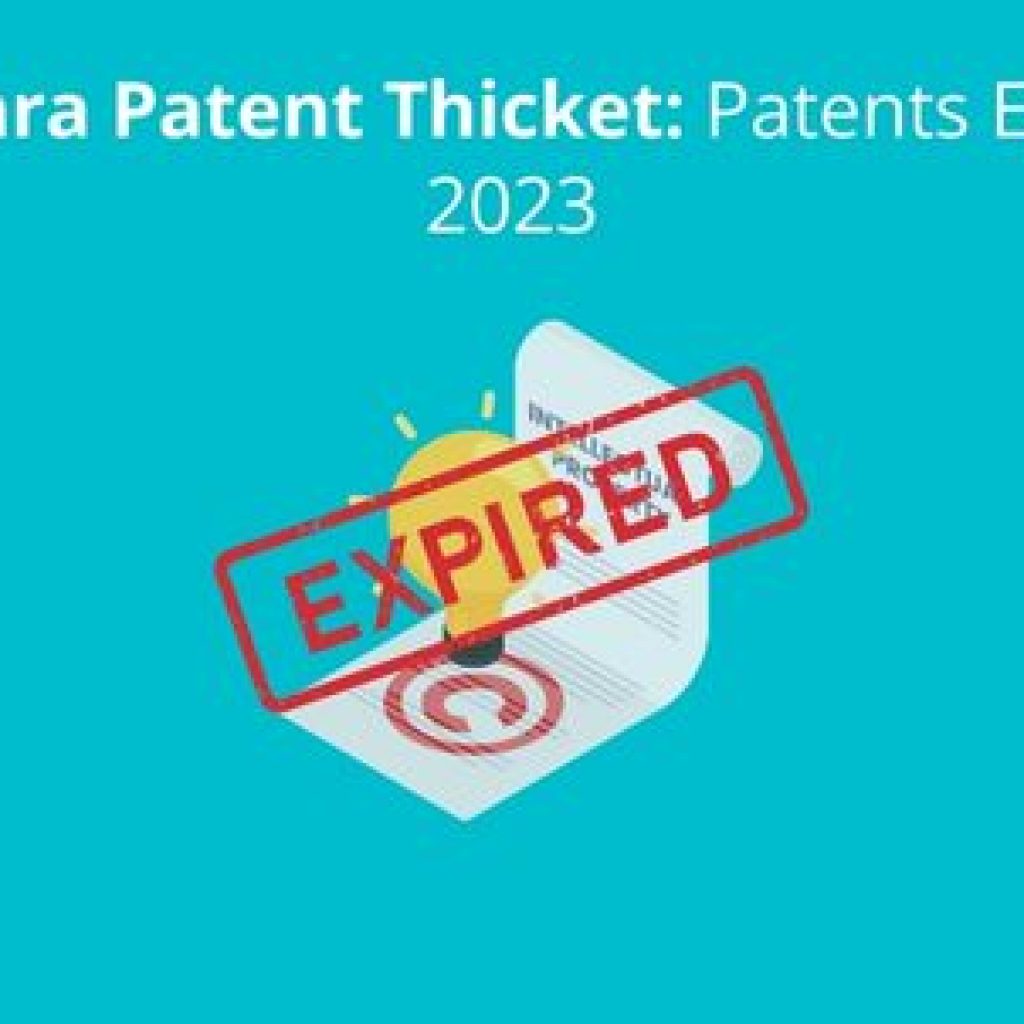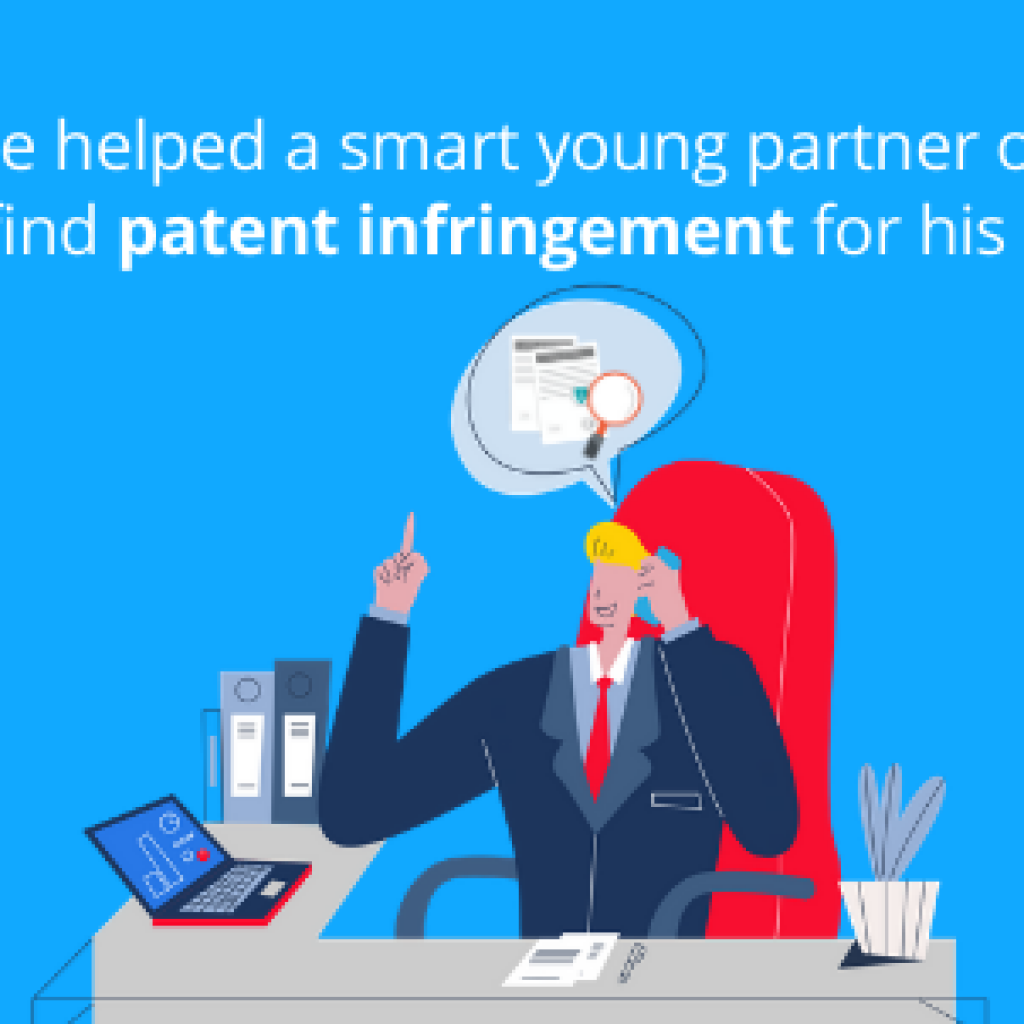In our years of performing invalidation searches, there were often occasions when we found inspiration for prior art from the environment around us. There are way too many to link each of them, but you get the idea. I’ve got an addition to make to the list.
What inspired me in this case? – You ask.
Music. That’s the short answer. Let me narrate what exactly happened.
I was assigned to work on an invalidation case related to the communications domain. If you know a thing or two about the telecom domain, then you would know that people in this field are savvy about patents. They file patents very often and very early in the invention stage.
Some patent examiners even feel that telecom-related patents do not go through a relatively stronger examination before the grant. After all, one can find ‘related’ prior art easily with some search effort.
Getting back to the case, it was related to a patent infringement suit in China and the client’s aim was to kill the third party’s Chinese patent. The technology of the patent in question was related to phone systems, specifically sending voice packets over communication channels. The independent claim was focused on finding an indicator in the header of a payload.
It looked like a walk in the park. But it turned out to be an illusion!
Now, the life of a searcher can easily be explained with one simple diagram. All we need to do is go from point A to Point B.
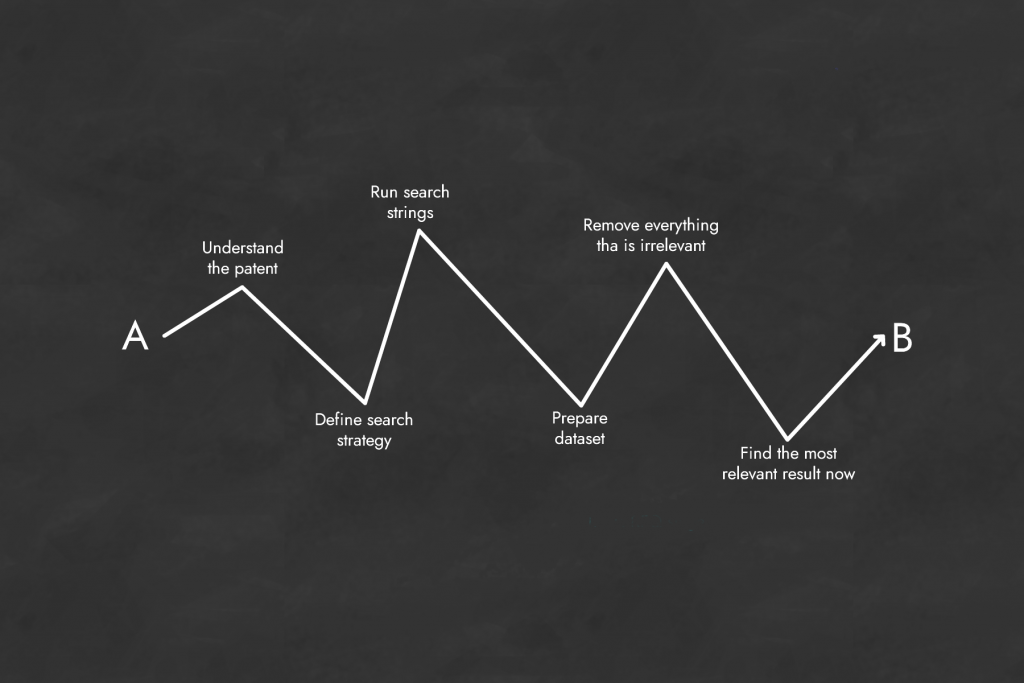
I started the journey by taking the first step, which I feel is comparatively easy. Being an engineer, I love understanding the technical aspect of the invention/patent.
Once done, it was time for the next step. It would be fair to call it a combination of steps though. You devise a search strategy, run the strings, review the results, modify the search strategy accordingly and then search again. It is a pretty iterative process and time-consuming too, but also useful since each iteration leads to new learnings which help us craft an efficient search strategy that would reap just the right results.
In this case, initially, I was coming across a lot of irrelevant prior art, which was confusing, TBH. I double-checked the search strings, patent classes, database limitations, et cetera. Everything seemed right, but still, there was a lot of irrelevancy.
We, searchers, don’t give up ever. Moving on from this attempt, I started the search again, this time with more intensity, throwing in complex search strings into the mix. The results started to appear, but there was nothing very close to the result I desired – a bang on, a Tier 1 or an Anticipatory Prior Art.
Soldiers bring out their best weapons from their arsenals in times of dire. This time I used the secret weapon – a researcher’s favorite among Greybians – Neo, which is an internally developed solution, that enables a searcher to get variety in ways to use search strings. It was definitely a smart choice since I soon started getting leads post using the strings recommended by Neo.
As evening approached, I found a seemingly relevant prior art – US’667. The amazing part was that the specifications of this patent clearly and exactly disclosed the technology that I was searching for.
But prior art searches are never this easy. If you have found relevant art way too soon, it always makes sense to start looking for what you’ve missed. Because if it were this easy, the examiner would have found it and the patent grant would have been tough.
Here’s what happened. A brief look at the dates revealed that US’667 was filed after the cut-off date of the Chinese patent that I was supposed to invalidate. I heaved a huge sigh.
The sign on my desk read – Keep Calm and Search.
A couple of minutes into staring at the sign, I said to myself – Ok girl, get up and start searching more. If you can find something this relevant (US’667), you can find something that precedes it and has a priority date before the Chinese patent.
In our experience, we have many a time found useful clues in the file history of relevant patents. I started looking into the file history of US’667 and noticed a mention of a priority document. The priority document had an earlier date and fortunately was very well documented with the exact details that can lead to successful invalidation of the Chinese patent.
Rejoiced, I sang to myself – It means no worries, for the rest of your days. Yeah, sing it, kid! it’s our problem-free philosophy. Hakuna Matata!

Source – The Lion King
Maybe I sang it out too loud. My manager, Krishna, arrived at my desk and asked in his typical style – “so you found prior art?”.
I said with little hubris in my voice, “Well Krishna, you know me, I don’t give up easily. I did find anticipatory prior art with the correct date (hiding the fact that NEO helped me)”.
Krishna asked me to send him the document, which I quickly did. Little did I know, my happiness was going to be short-lived.
Few minutes after sending the mail, Krishna arrived at my desk and said – “Well the art seems ok, but do you know this is a case of Chinese patent invalidation?”
To which I replied – “Yeah. But prior art is prior art”.
Krishna said in a monotonous voice: “Well, a US priority document of US’667 (foreign reference) cannot be used as a valid prior art under the Chinese patent law.”
My reaction at the moment can be best described by this GIF.
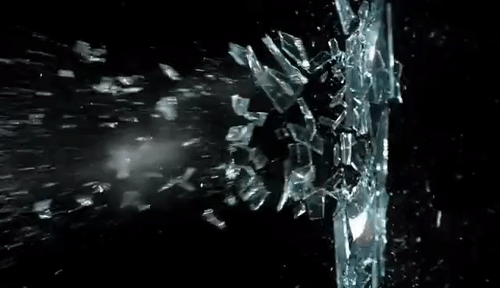
Source – Gfycat.com
A few moments later, I collected myself and said to Krishna – “That’s unfortunate. I will get back to searching.” Before he left, I added, “Any tips for me?”
Krishna sensed the stress in my voice. With a hint of kindness in the voice, he said, “Well it is evening Navkiran, go home and listen to some music and start with a fresh mind tomorrow.”
I called it a day and went home. It was going to be a long day the next day and I wanted to get myself relaxed. What better way to relax than listening to music? I started listening to the songs of my current favorite artist, and a few songs later, the music app suggested a different song from the same artist. I had never heard that song before.
The night passed and I was early in office the next day, with the aim to find relevant art.
The search continues, and the song helps uncover another cue…
Morning turned to afternoon, nothing worthwhile having sprung up all this while. One thing I did realize though was that unbeknownst to me, somehow, the song was stuck in my head. Like the George Costanza moment – Keeper of the keys, master of the house.
Source: Seinfeld
I couldn’t fail but ponder at one point – How I missed this song from this artist? I had been listening to his music for the past few months, looking for other songs by this artist everywhere, and yet it was the first time I ever came across this particular song.
And this is when it struck me – What if, like the song, I missed some other documents from the artist inventors of the patent US’667?
With that cue, I went back to the priority document of US’667.
On probing further, I noticed that the priority document talks about an IEEE standard draft (IEEE P802.16.1/D1). I looked up the document and though it was on similar lines, this particular IEEE document didn’t disclose all the required features to make it a killer prior art, even though the date was relevant.
This was, however, a good lead. With that cue in mind, I decided to search in IEEE 802 standard documents for the specific publications done by all of the inventors of the US’667 patent. There were chances that there was a song prior art document that I missed reading.
It was a smart choice. Within an hour of looking up these documents, I found IEEE 802.16.1c-0104r0 which covered the required material to serve as killer art. Not to rejoice too soon, I checked the publication date which was clearly prior to the Chinese patent cut off date.
But before I started singing Hakuna Matata again, I confirmed this with my manager. Yes, this art could be used in the Chinese courts. Well, time to party!
We shared the results with the client, and they were super impressed. We received great feedback given the short turn around time and constant updates on the progress of the search. As an analyst, there couldn’t be a bigger compliment.
As a mentee, however, I learned something new that day. Always look for signals from your managers. They might show you a path and all you need to do is to connect the dots to achieve the results.
Post this case, I slightly modified the chart of how searching should be done. It works for me, every single time!
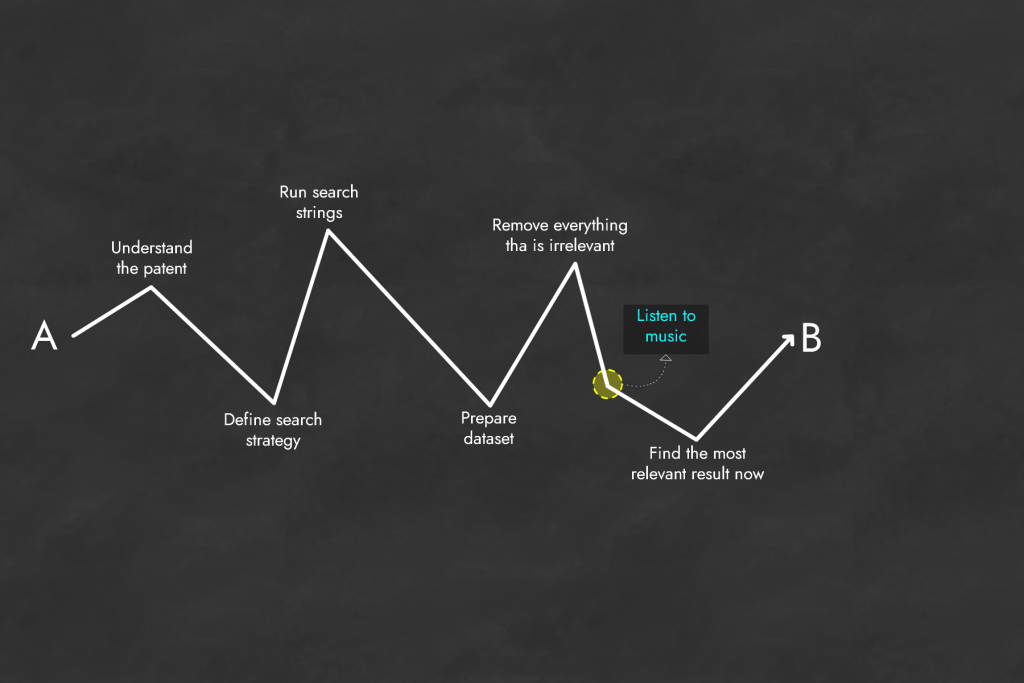
Authored by: Navkiran Kaur, Senior Research Analyst, Patent Search.






